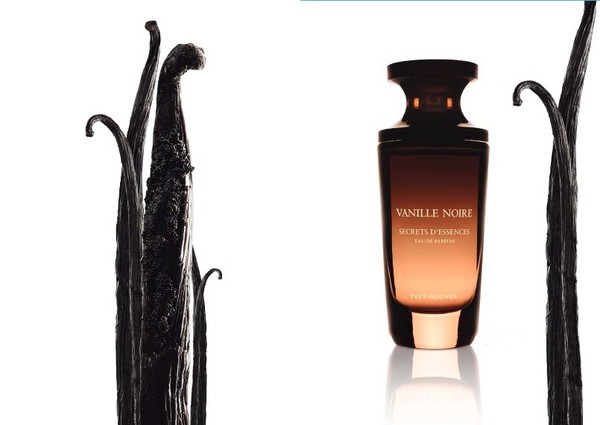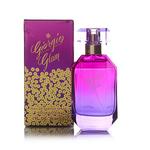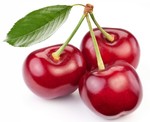Yves Rocher Vanille Noire (2010): Secret Facet {Fragrance Review}
Vanilla is one of the most beloved and easy-to-love scents and flavors on earth, with few exceptions. It accompanies us from babyhood into adulthood transforming its meaning from foody and comforting to erotic and comforting. It takes on, for me, accidental animalic aspects thanks to its original anchoring in the nursery locus (Bledina) by being associated with nuances of infant refluxes and diapers in need of change. In adulthood, there is a constant nostalgic tropism towards baby talcum powder which gets reflected in the addition of fluffy and powdery vanillic musks in fine fragrances. The lushly powdery Ombre Rose by Jean-Charles Brosseau is not surprisingly a nostalgic reflection on the scent of a childhood goûter at the milliner's grandmother's place.
Black vanilla therefore can be said to define more surely than white vanilla does, the passage into adulthood vanilla, the cured and aged kind out of a pirate's chest next to a barrel of Caraibean rum. How you create a deep ebony-colored vanilla in fragrance is partly natural and partly left to stylistic devices such as associating it with a rummy accord and dark ambery, woody and resinous notes (Guerlain Spiritueuse Double Vaniile.)...
The Secrets D'Essences collection by Yves Rocher was set up in 2006 to pay homage to perfumery materials in order to tap into the more connoisseur-oriented mass-market. With 1600 stores worldwide and an important online presence (their shipping delays need to be improved though), you know the attempt will have an educational impact and so far the collection has resisted crass dumbing down although iris noir was a bit light on the precious main material. After all if you are ready to pay more for organic lavender chocolate, there is no reason why there could not be step-up in perfume appreciation as well for every one. After amber, rose, iris and jasmine, vanilla is here offered in a noteworthy, pleasurable and easy-to-wear guise. It seems to borrow some perfumery inspiration from Spiritueuse Double Vanille by Guerlain, like the mimosa edge and the cedar wood pairing, but comes off entirely different - much less foody in fact - and of course is much more accessible.
Notes: mandarin, vanillas, mimosa, coppery accord, cedar wood
Despite its avowed focus on the idea of blackness, Vanille Noire by Yves Rocher created by perfumer Jacques Cavallier is not so much a vanilla of excess as rather a well balanced and clearly well conceived floral vanilla, for me, with excellent diffusive power. At first it smells good in a bit of an indefinite way as pervasive vanilla does and there is nothing to be said really against it or for it. Thankfully, there are nuances appearing later on which make the composition become more unique and distinctive.
Cavallier argues that he wants to bring out the sensual side of vanilla - a very Guerlain idea not always concretized - while having recourse to not just one vintage of vanilla beans but three. This ties in with a fairly new public attention to perfume as being dependent on natural resources. Indeed just like wine, and as a product of the earth, vanilla takes on different olfactory nuances depending on the soil it was grown in, and admittedly also, the year it was harvested but the latter detail is not touched upon here. The composition is first of all therefore a meeting of 3 geographiclally separate vanillas: Bourbon vanilla is described by the nose as being leathery and comforting; Tahitian vanilla is solar and warm; Ugandan vanilla, used recently as part of an eco-ethical agenda in Pure DKNY, is woody, dense and mysterious.
The linchpin of my appreciation of this perfume came from the perception of the floral character of this vanilla composition, which I think gives it a distinctive character enough to pull it out of the blah zone. Thanks to very good diffusion, Vanille Noire takes you off guard when you start wondering what is this beautiful Paperwhites narcissus smell around you and then realize it comes from the perfume. It might be an accidental nuance as the only floral note which is mentioned explicitly is mimosa although Tahitian vanilla naturally harbors a floral nuance. Once you know that, you do pick out the mimosa scent. But the accord somehow comes through as smelling of heady narcissus with a salty, narcotic edge with a welcome point of sexual aggression.
The composition was devised to be a skin scent, made to feel like a second layer on your skin.
Vanille Noire offers also a fresh-powder quality, with a green hint of anise, that will appeal to women who like to convey the idea that their boudoir is really better located in their bathroom. The fresh facet is also emphasized by a very light aqueous note which never feels like water proper but rather like water as seen behind a transparent glass just out of the fridge and still covered with condensation.
One thing one can appreciate with Vanille Noire is that the drama happens outside of your desire to pay attention to the perfume. The composition surprises you, evolves in the air reserving a surprise or two. I think this is the mark of a desirable perfume. It should somehow know how to master the air element and surf on air tides in ideal weather conditions. Which brings me back to Paris and its air. I have already asked myself this question and I put it before you again, but we can wonder how much of perfume history was influenced by the Parisian weather and its unique quality of breeze in fair weather conditions, just like we can ask ourselves how much a Russian-leather accord is meant to be ideally smelled in sub-zero temperatures in the midst of winter.










